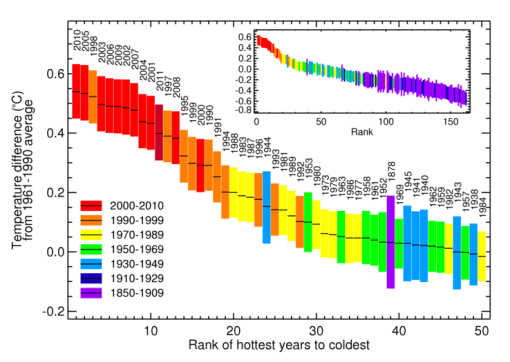Old Rocks
Diamond Member
The scientists are presenting the evidence that they find. They do so through peer reviewed journals. Just publish something that can easily be proven false, and see how long you last academically.
Michael Mann still has a job, doesn't he? Phil Jones still has a job, doesn't he?
Case closed.
Why yes, they both still have jobs, as they are very capable scientists. Now, as for you?





